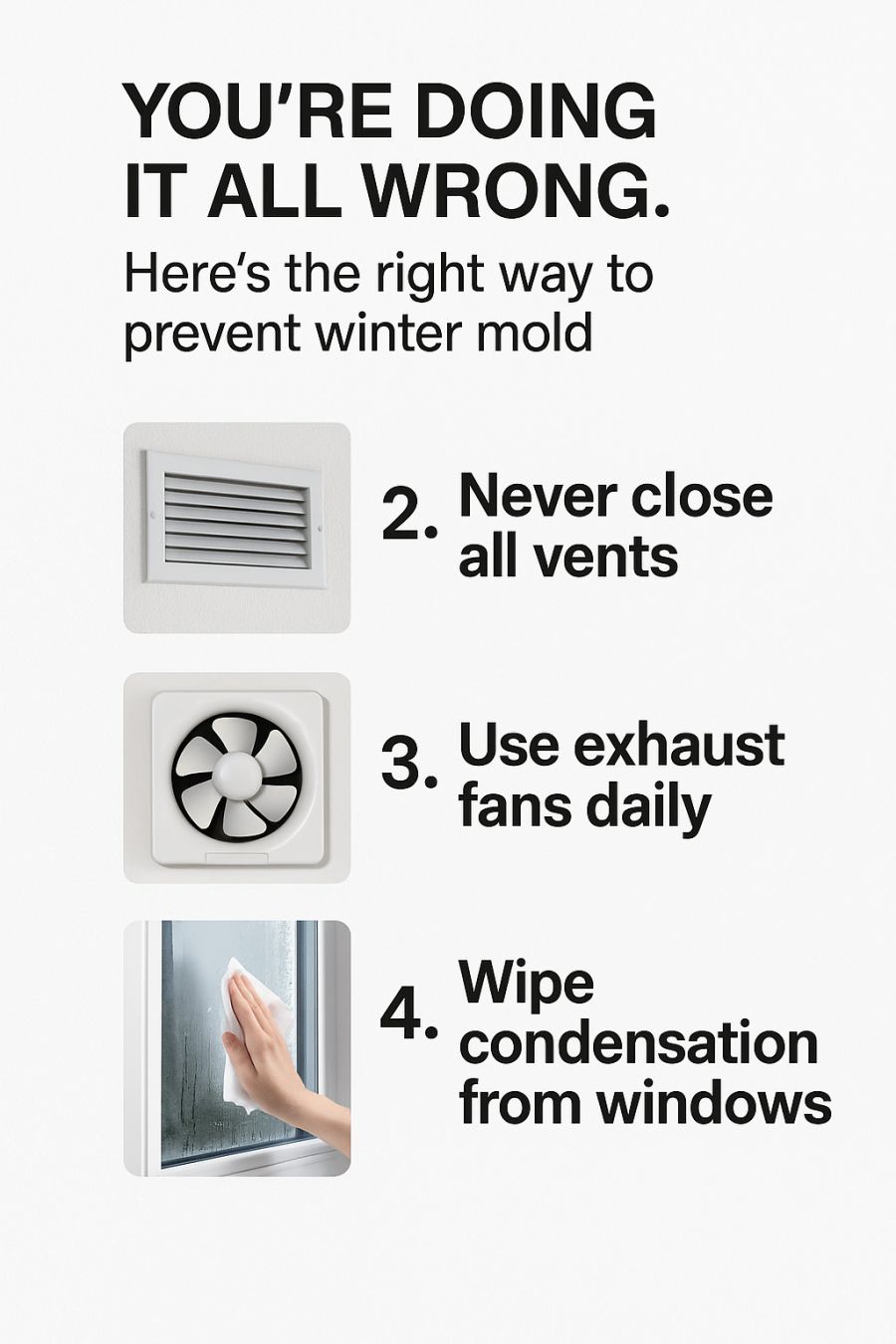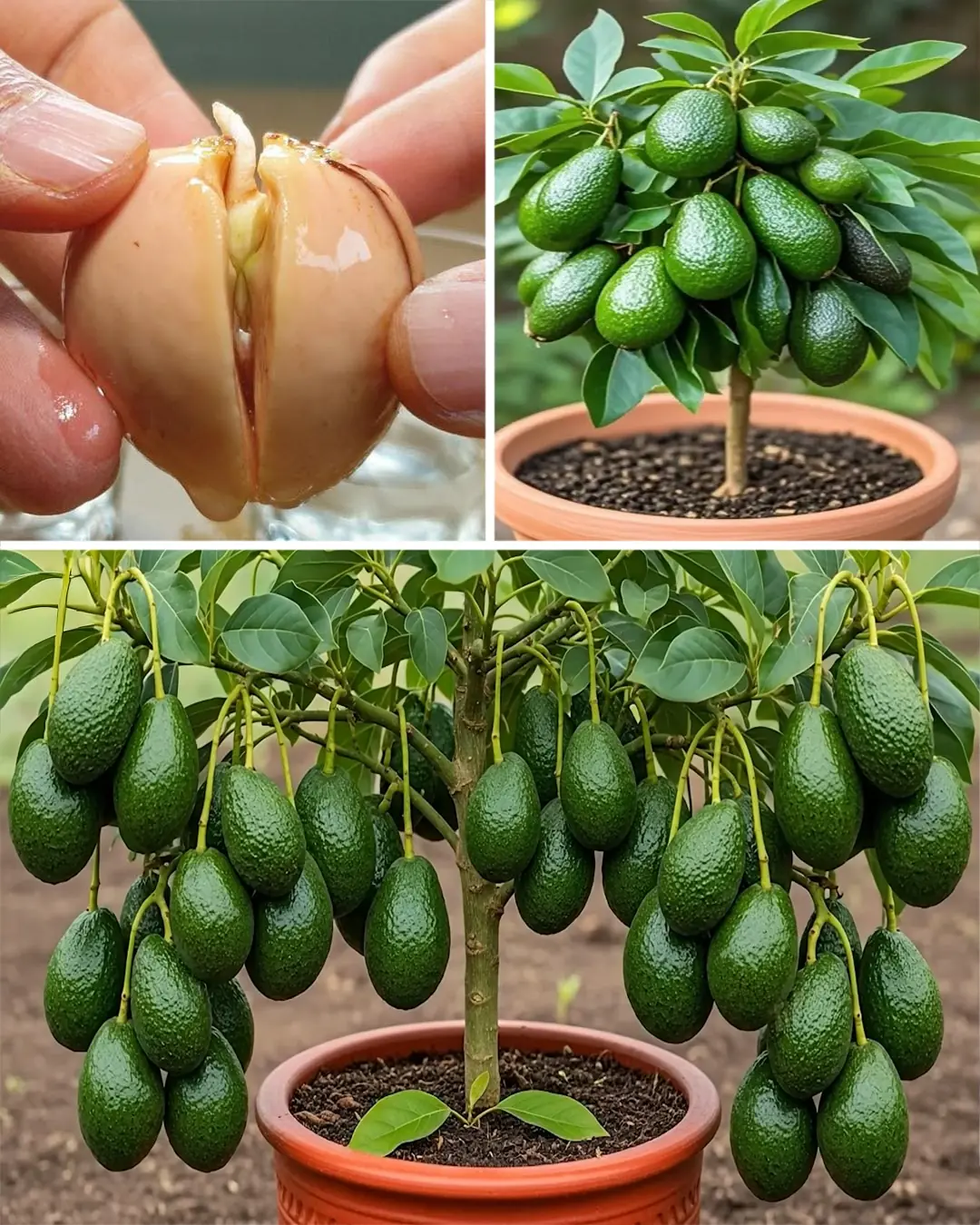Winter is a beautiful season, with snow-covered landscapes and cozy nights by the fire. However, it also brings with it the challenge of managing indoor environments to prevent the growth of mold. Mold is not only unsightly but can pose serious health risks to you and your family. Many people underestimate the conditions that foster mold growth during the colder months, often leading to an unpleasant surprise come springtime.
Understanding the right ways to prevent winter mold is crucial for maintaining a healthy home. In this article, we'll explore the causes of winter mold, effective strategies for prevention, and the best practices to keep your home mold-free. By implementing these tips, you can enjoy a clean and healthy living space throughout the winter season.
Advertisement
1. Understanding Winter Mold: Causes and Consequences
Mold thrives in environments where moisture, warmth, and organic material are present. During winter, homes are often sealed tightly to conserve heat, which can inadvertently trap moisture inside. This trapped moisture, combined with the warm indoor temperatures, creates an ideal breeding ground for mold. Common areas for mold growth include bathrooms, basements, and kitchens where humidity levels are naturally higher.
The consequences of mold growth are not just limited to structural damage and unsightly stains. Mold can release spores into the air, which may cause allergic reactions, respiratory issues, and other health problems, particularly in individuals with pre-existing conditions such as asthma. Understanding these risks highlights the importance of taking proactive measures to prevent mold from taking hold in your home.
2. Monitor and Maintain Indoor Humidity Levels
A critical step in preventing mold is to keep indoor humidity levels in check. Mold typically grows in environments where the relative humidity is above 60%. Therefore, it is advisable to maintain indoor humidity levels between 30% and 50%.
To achieve this, consider investing in a hygrometer, a device that measures the humidity levels in your home. Place it in areas most susceptible to moisture, such as bathrooms and basements, and monitor it regularly. If the humidity levels are consistently high, you may need to take additional steps, such as using a dehumidifier or improving ventilation, to bring them down to a safer range.
3. The Importance of Ventilation: Keep Vents Open
Proper ventilation is key to preventing mold growth, especially in winter when homes are sealed tight to keep out the cold. Make sure that air vents are not blocked by furniture or drapes, as this can impede airflow and lead to moisture buildup.
Use exhaust fans in kitchens, bathrooms, and laundry rooms to expel moist air to the outside. Additionally, consider using a whole-house ventilation system if your home is particularly prone to moisture problems. By keeping the air moving, you can reduce the chances of mold spores settling and growing.
4. Daily Use of Exhaust Fans to Combat Moisture
Exhaust fans are your best friends when it comes to reducing indoor humidity levels. Use them regularly in high-moisture areas such as bathrooms, kitchens, and laundry rooms. Turn on the fan during and after activities like showering, cooking, or washing clothes to help remove excess moisture from the air.
Make sure that your exhaust fans vent to the outside of your home, rather than into the attic or other enclosed spaces, where moisture could accumulate and lead to mold growth. Regularly clean and maintain your exhaust fans to ensure they're operating efficiently and effectively.
5. Effective Window Condensation Management
Window condensation is a common issue during winter, as warm indoor air meets the cold glass surface, leading to water buildup. Left unchecked, this condensation can drip down, causing mold to grow on window sills and frames.
To prevent this, wipe down windows regularly to remove moisture. You might also consider installing double-glazed windows, which provide better insulation and reduce the temperature difference between indoor and outdoor air. Using window insulation kits can also help minimize condensation by creating a barrier that reduces heat loss.
6. The Role of Dehumidifiers in Mold Prevention
Dehumidifiers can be an effective tool in maintaining optimal humidity levels in your home. These devices work by drawing excess moisture from the air, which is then collected in a tank or drained away.
Place dehumidifiers in areas with high humidity, such as basements or bathrooms. Choose a model with a built-in hygrometer and set it to maintain a humidity level between 30% and 50%. Regularly empty the water tank and clean the device to ensure it functions effectively.
7. Proper Insulation: Keeping Mold at Bay
Insulation plays a vital role in mold prevention by keeping your home warm and reducing the temperature differences that lead to condensation. Ensure that your home is adequately insulated, especially in the attic and walls, to prevent heat loss and moisture buildup.
Check for any gaps or leaks in your insulation, particularly around windows, doors, and pipes, and seal them to prevent drafts. Proper insulation not only helps prevent mold but can also reduce your heating bills by keeping your home warmer during the cold months.
8. Regular Home Inspections for Early Detection
Conducting regular home inspections can help you detect mold issues before they become severe. Pay attention to areas prone to moisture, such as basements, bathrooms, and kitchens, and look for signs of mold, such as musty odors or discoloration on walls and ceilings.
Address any water leaks or drainage issues immediately to prevent mold from developing. If you notice signs of mold, clean and remediate the area promptly to avoid further growth and potential health risks.
9. Natural Remedies and Cleaning Hacks for Mold
If you discover mold in your home, there are natural remedies that can help you tackle small infestations. A mixture of vinegar and baking soda is an effective and non-toxic solution for cleaning moldy surfaces. Spray the affected area with vinegar, let it sit for an hour, then scrub with a mixture of baking soda and water.
Essential oils, such as tea tree oil, also have antifungal properties and can be used to clean mold. Mix a teaspoon of tea tree oil with a cup of water in a spray bottle, apply it to the moldy area, and leave it to dry. Always remember to wear protective gear, such as gloves and masks, when cleaning mold to prevent exposure to harmful spores.
10. The Impact of Houseplants on Indoor Air Quality
Houseplants can be a double-edged sword when it comes to mold prevention. While they can improve indoor air quality by absorbing toxins and releasing oxygen, overwatering them can increase indoor humidity and contribute to mold growth.
To enjoy the benefits of houseplants without the risk of mold, choose plants that thrive in low humidity and require less water. Also, avoid placing plants in areas prone to moisture, such as bathrooms or kitchens. Consider using a pebble tray under the plants to catch excess water and prevent it from evaporating into the air.
11. When to Seek Professional Help for Mold Issues
If you encounter a mold problem that is extensive or persistent, it may be time to seek professional help. Mold remediation specialists have the tools and expertise to safely and effectively remove mold from your home.
Advertisement
Professional services are particularly important if mold has penetrated walls or other structural elements, as improper handling can lead to further contamination. Additionally, if you or your family are experiencing health issues that may be related to mold exposure, consulting with a professional can help address the underlying problem and restore a healthy living environment.






































